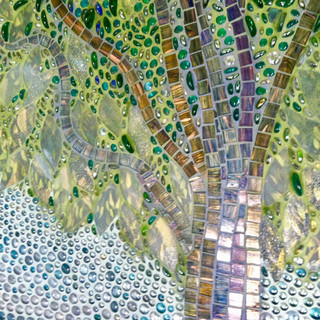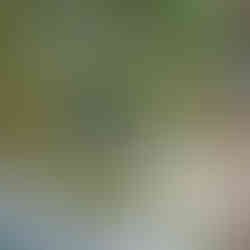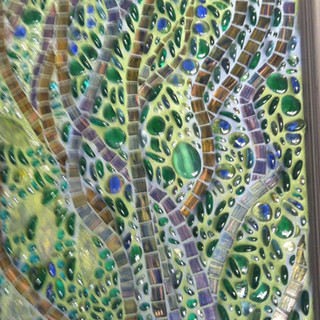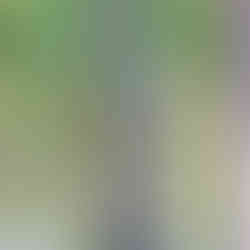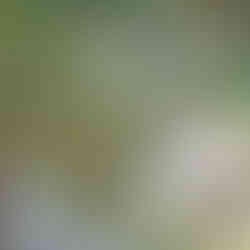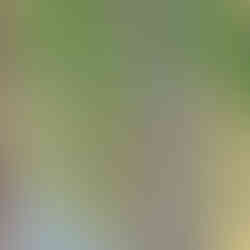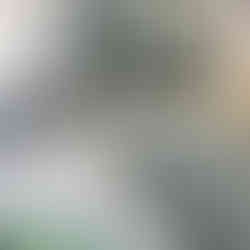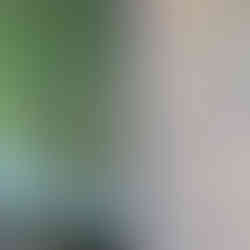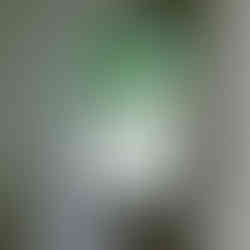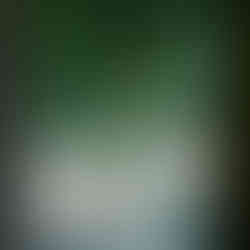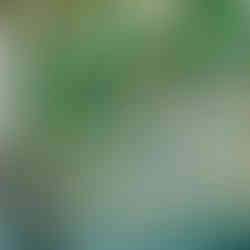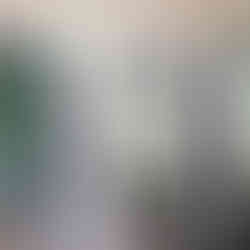Welcome Home: Coming or Going? Playing w/ Front & Back, Inside & Outside, Darkness & Lig
While I was in San Francisco this June, I had the opportunity to create a mosaic for a woman who lives in the Lower Haight. I met Rita at a mutual friend's party in the neighborhood. I was telling her about what I do for a living, and she coincidentally had been looking for someone to do a stained glass window for her front door. We made a date for me to see her place, and immediately upon seeing her home, I was inspired by the beautiful art and peacefulness in her home. Her front door was, indeed, in need of a new window treatment; the blind over the window blocked out the light and made it the darkest corner of her light filled home. I suggested a mosaic with the kind of underpainting I have been doing recently on the glass, to create a beautiful work of art that she would enjoy both upon arrival and when leaving her home.
One of the main questions about the piece was on which side of the window to do the mosaic. Should I paint and mosaic on the inside of the door, allowing the underpainting to show on the outside, or should I do the painting and mosaic on the outside of the door, so the painting would be visible from the inside? Guessing that the effect of light on the the mosaic from the bright, indirect light coming from the street would have the most dramatic and complete effect on the piece, I decided to do my work on the door's front side so that when the window was viewed from the inside, there would be the most complete combination of light, color and glass.
At first, I was afraid I'd made a mistake. The thin, metallic paints hardly showed up at all! I had fun creating my brushstrokes on the glass, but I worried that the light was going to wash out the paint colors completely and not be pronounced enough to be seen from the outside after I placed the glass mosaic over the whole thing. As well, the strong light from outside, when seen from the inside seems to render invisible my painted work. Something told me to keep going, and not get bogged down in my second-guessing.
When I started to put the mosaic on, I quickly realized that the glass itself created a bit of a shadowing effect on the paint underneath. The colored glass blended beautifully with the paint, creating a sense of depth and dimension. The glass gems I used for the mosaic had an incredible magnifying effect on the brushstrokes, making them more distinct and visible. I got excited. I cut some pieces of clear textured glass into leaf shapes, hoping to catch more of the gestural brushwork I had laid down first. This also looked great.
Then came to dilemma of grouting. Often, when I've been making glass-on-glass mosaics, I have fallen in love with the beauty of the glass mosaic I've created before the grout has been applied. This window was no exception. It looked great, and Rita seemed to have a bit of doubt about grouting the piece as well. But for structural integrity and the life of the piece, I felt it necessary to take the risk of "ruining" the piece by grouting it.
Grout is a messy endeavor, one that is fraught with questions about what color, tone, and shade of grout to use. It's often a dilemma what color to use, and the limitation of using a concrete-based product which is limited in color the grey, white, or tan "base" tinted with cement pigments makes intense colors or my exact preferences difficult to achieve. When the grout is applied, the beauty of the sparkling and light-refracting glass mosaic disappears under a coat of mud. To the uninitiated observer, it looks like a disaster. How will the muddy concrete end up looking good on the piece?
Of course, those who know how to do mosaic know that the cement grout has to be worked into the cracks with a damp sponge, removing the excess, to reveal the mosaic pieces once again. This has to be done gently, and precisely, so as not to remove too much grout and reveal the adhesive that keeps the pieces in place. It has to be allowed to dry, and haze before its lightly polished with a dry cloth to make the mosaic pieces shine and stand out. Its one of the many "magic moments" of mosaic making, part of what keeps me so interested in the mosaic medium for my work.
When Rita's piece was finished, it looked even more stunning. From the outside, the window looked complete, like a solid material was put over the window. The texture of the glass mosaic pieces stood out more, giving it another sense of dimensionality. From the inside, the grout created a light shadowing effect on the painting, giving it more depth, and, interestingly, making the colors stand out more, and making the individual pieces of glass in the mosaic stand out more as well! By tinting the grout in different colors, I'm able to "paint" with the grout as well, giving the painted glass more of the sense of being a painting. All of these factors conspire to make a visual feast for the eyes.
With this project, I realized an important fundamental reality of this work. I realized that by grappling with the inside/outside dilemma, I was in fact playing with the very notion of coming and going, entering and leaving. By working to make the piece as beautiful on the "outside", I was unlocking the door to my own self-expression. I realized that my work was leading me to not only create a beautiful piece of mosaic painting for a client, its begun to lead me to expressing an inherent part of "me" more completely.
Since childhood, I have never been one to choose sides. Maybe it was my parent's divorce, or my queerness that made me acutely aware of "androgyny" when I was a teenager, unable to pick a football team, but always able to see both sides to an argument. When I moved to New York to try my hand at "making it" in the art world, I became aware of our "oppositional politics" and began to question the very notion of male/female, black/white, rich/poor distinctions and how they color out perspective of a multitude of things. When I embarked on my "Pilgrimage to the Sea", I heard my ancestors telling me to live my life in balance. And so, I've become more acutely aware of the power of maintaining this balance, in both my work, and in my art. For me, this piece, and the other Mosaic Light Paintings I've been doing, are an expression of my desire to bring ourselves and our lives into balance. I hope that I literally create balance by allowing the beauty on the inside to be as beautiful as on the outside, and vice-versa.
For me, it seems like a "happy accident" that I suggested using the trees outside Rita's home as the inspirational subject of the painting. Intuitively, I suggested this to her, and she excitedly agreed: the trees outside are an important feature of the home and her choice to purchase her apartment was influenced by the trees. By using the trees as the subject matter, I wanted to draw the nature and light outside the house, into that dark entryway. I also liked seeing the trees reflected in the window upon entering the home. This playful balance of oppositions is a big part of what makes this work so interesting to me.

